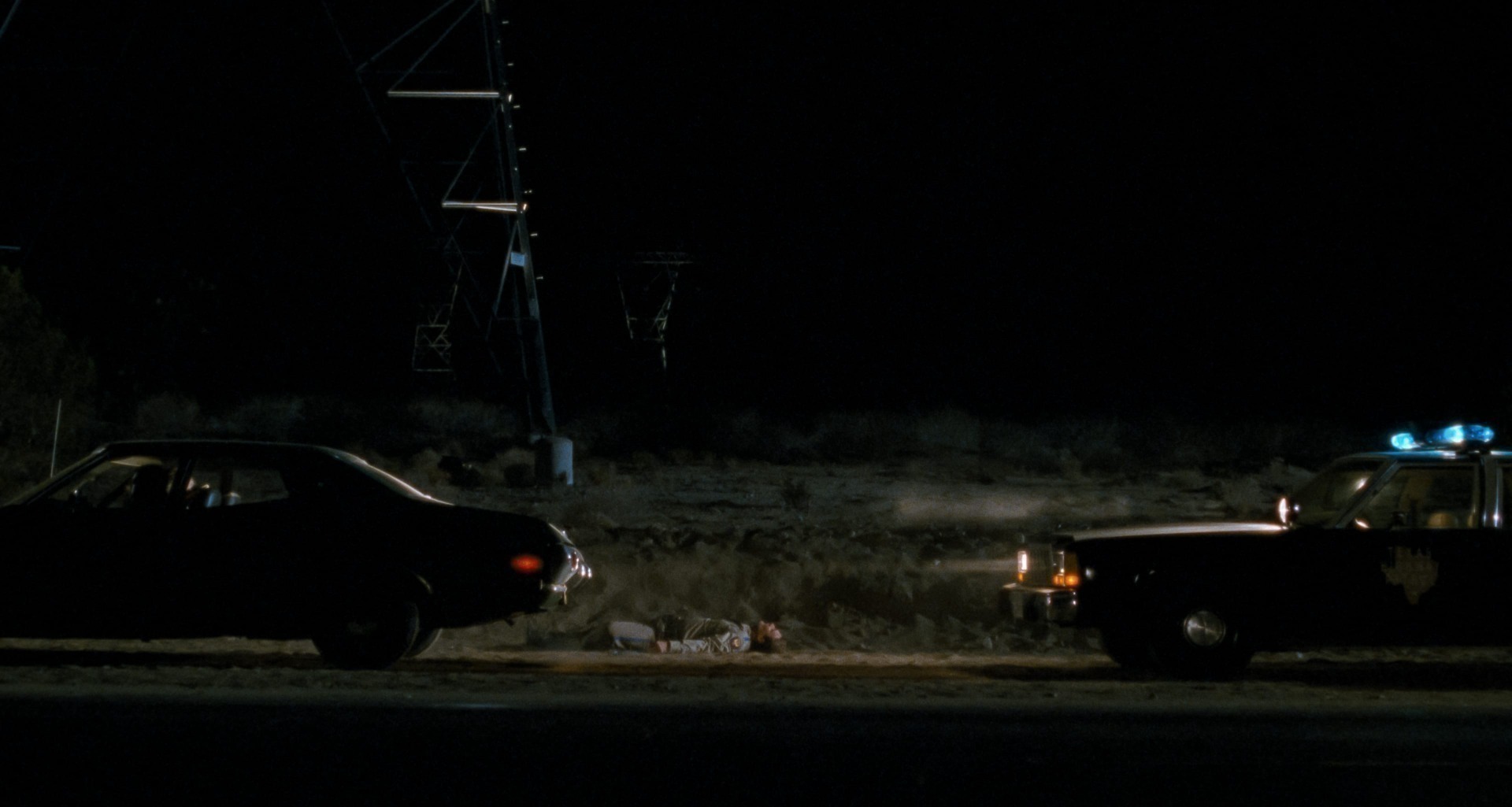RELATED ARTICLE
Devil in a Blue Dress: Crossing the Line
The Criterion Collection

The video store I frequented in my southern Brooklyn neighborhood as a kid had an unassuming, generic name—I can’t even remember what it was, International Video maybe—but I called the place Wolfman’s because the guy who owned it, the only one who ever manned the counter, looked like a part-time werewolf, like he kept himself locked in the store so he didn’t go buck wild, like he was always on the verge of transforming, hunched and hairy, his mouth foaming. That place was a holy institution to me. Starting at age eleven, I’d go in there at least four or five times a week, renting anything that looked appealing, drawn in by boxes I thought were cool or actors I liked or directors I admired. At some point in junior high school—this would’ve been 1991, the burgeoning heyday of neonoir—I rented Stephen Frears’s The Grifters, which unlocked everything for me. I started reading Jim Thompson. I went back and watched as many classic noir films as I could get my hands on. I was hooked.
I vividly remember picking up One False Move (1992) for the first time, and that box cover. Cynda Williams’s face over a sunset shoot-out—a beater car and a police cruiser framing four shadowy figures, three on one side taking position against the cop, who looks to be freshly shot, a scene that’s different from what happens in the film—and the title in a fat white font, a four-star blurb from Gene Siskel’s review above it: “A brilliant detective thriller.” It was a beautiful time for me. A time of wonder and discovery. I wasn’t reading reviews. No one was telling me what I had to see—I was the only person in my family interested in movies, and my friends only ever went to watch what was showing at the multiplexes. I rented One False Move that day and went home and loaded it in the VCR. I knew Bill Paxton from Weird Science (1985), Aliens (1986), and Near Dark (1987), but his was the only familiar face. That first viewing blew me away: the urgency and rawness, the complexity of the characters. Back then, I couldn’t articulate what I was reacting to, but what I can say now—all these years later, having written several novels that are crime dramas—is that I’m most drawn to stories that are rooted in character and place, with deep psychological undercurrents. In my personal canon, One False Move is the quintessential example of what I respond to within the genre. For my money, it’s a perfect crime movie, infused with desperate energy and moral ambiguity, one that doesn’t miss a beat, one whose effects linger and deepen.

